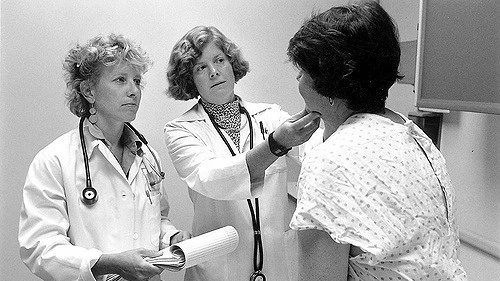
Source: The Guardian
While statistics indicate that females make up the larger percentage of those who study medical and dentistry subjects, the actual number of women who end up with successful careers in the sciences is slim.
According to statistics collected from the UK’s Higher Education Statistics Agency, women make up the greater number of those who study anthropology, zoology, forensic and archaeological science, pharmacology, toxicology and pharmacy, veterinarian science, polymers, medical technology and psychology. Yet female authorship is scientific papers has drastically dropped, according to the New Scientist Magazine.
The House of Commons science and technology committee assessed a report from the American Economic Review suggesting that the decline in female authorship and leadership in science is as a result of ‘short-term contracts and poor job security’ the women are penalized with in the specific time frame that they also want to build their families. They are challenged by institutions to ‘choose’ to between family and career.
An analysis of these statistics and a closer look at females in leadership points at an obvious disconnect between lobbying for women to pursue science careers, and the actual retention rate – which is drastically affected by the low flexibility and lack of support offered in their jobs.
“Your laboratories, hiring procedures, grant-allocating processes and publishing routines are all sexist, and this results in science and technologies that aren’t good for at least half the population. Why have you allowed this to continue for so long?” the Guardian wrote, posing a final question to science institutions across the globe.
Read full story at: The Guardian
